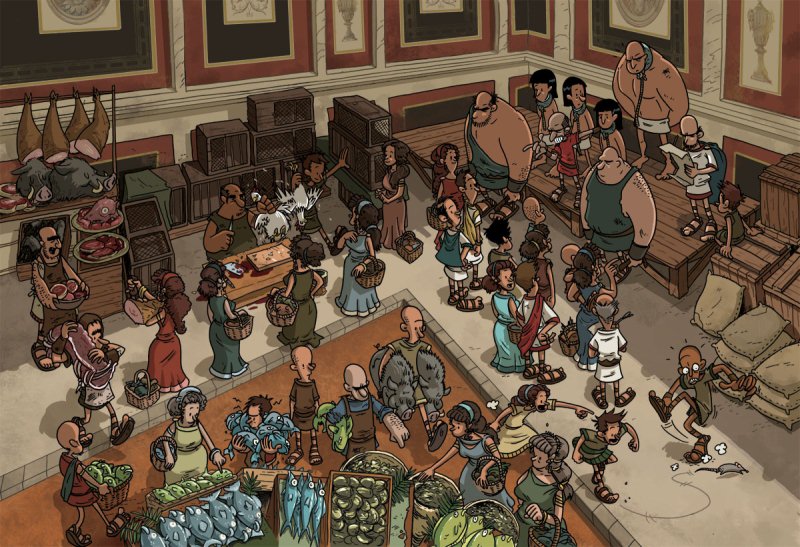

3 Did the depiction of capture in war in this scene ring true for them? More specifically, in their varied experience, did everyone in a community, regardless of legal and social standing, suffer the same consequences in defeat? In this article, I test the historicity of this representation of captivity as an equalizer by exploring the evidence for real-life Tyndaruses, those who already held slave status when they were taken as prisoners of war.


Its diverse members might have included people awaiting the return of family and friends taken captive people living side-by-side with captives purchased through the slave market and people that were captives, or former captives, themselves. The audience watching this scene would have had an intimate familiarity with captivity. Defeat in war, this opening scene suggests, was an equal opportunity offender, bringing down the high and low alike. 2 The audience already knows their backstory: the one, Philocrates, had once owned the other, Tyndarus, as his slave, but their hierarchy had been levelled when their city was sacked and they were trafficked, together, on the slave market. 1 In the opening scene, two young men stand on stage, side-by-side, in chains. Hamilton Fyfe, 1995.In the aftermath of the long, bloody second punic war, the latin playwright Plautus staged a particularly topical comedy called Captivi ("the Captives"). Longinus De Sublimitate 44.5: “And so, my friend adds, if what I hear is true that not only do the cages in which they keep the pygmies or dwarfs, as they are called, stunt the growth of their prisoners, but their bodies even shrink in close confinement, on the same principle all slavery, however equitable it may be, might wee be described as a cage for the human soul, a common prison.” Translation W. 383).Īnother passage describes the practice of confining slaves in cages with the painful result of deformed limbs and shrunken bodies: Plutarch, De Curiositate 10/Moralia 520c: “Therefore just as at Rome there are some who take no account of paintings or statues or even, by Heaven, of the beauty of the boys and women for sale, but haunt the monster-market, examining those who have no calves, or are weasel-armed, or have three eyes, or ostrich-heads, and searching to learn whether there has been born some commingled shape and misformed prodigy, yet if one continually conduct them to such sights, they will soon experience satiety and nausea so let those who are curious about life’s failures, the blots on the scutcheon, the delinquencies and errors in other people’s homes, remind themselves that their former discoveries have brought them no favour or profit.” (Translation W.C. Maria della Consolazione between the vicus and the Basilica Julia and between the Vicus Iugarius and porticus Margaritaria.Īn intriguing passage from Plutarch tells of a separate area which he calls the τεράτων ἀγορὰν, or the “market of monsters”: Unfortunately, the exact location of the Graecostadium is unknown but literary sources, in conjunction with a fragment of the Marble Plan, suggest that the location was somewhere south of the Roman forum, between it and the present church of S. The slave market in ancient Rome is also known as the area of the Graecostadium.


 0 kommentar(er)
0 kommentar(er)
